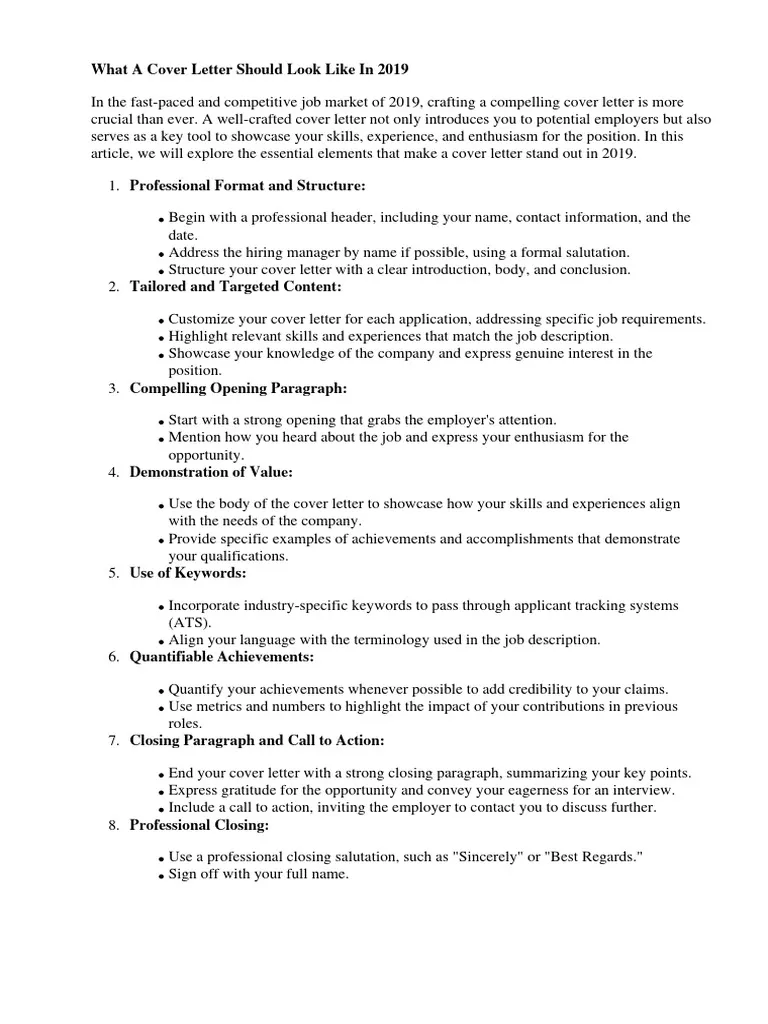What is a Cover Letter
A cover letter is a crucial document that accompanies your resume when applying for a job. It serves as an introduction to your qualifications, skills, and experience, providing an opportunity to showcase why you are the ideal candidate for the position. Unlike a resume, which presents a factual summary of your professional history, a cover letter allows you to express your personality, enthusiasm, and specific interest in the role and the company. A well-crafted cover letter can significantly increase your chances of getting noticed by hiring managers and securing an interview.
The Purpose of a Cover Letter
The primary purpose of a cover letter is to persuade the reader to consider your application. It aims to highlight the most relevant aspects of your background in relation to the job requirements. Cover letters are also used to demonstrate your writing skills, communication abilities, and attention to detail. Furthermore, they allow you to explain any gaps in your employment history, career changes, or other unique circumstances that might need context. By tailoring your cover letter to each specific job, you demonstrate genuine interest and understanding of the role and the company’s needs.
Why a Cover Letter Matters
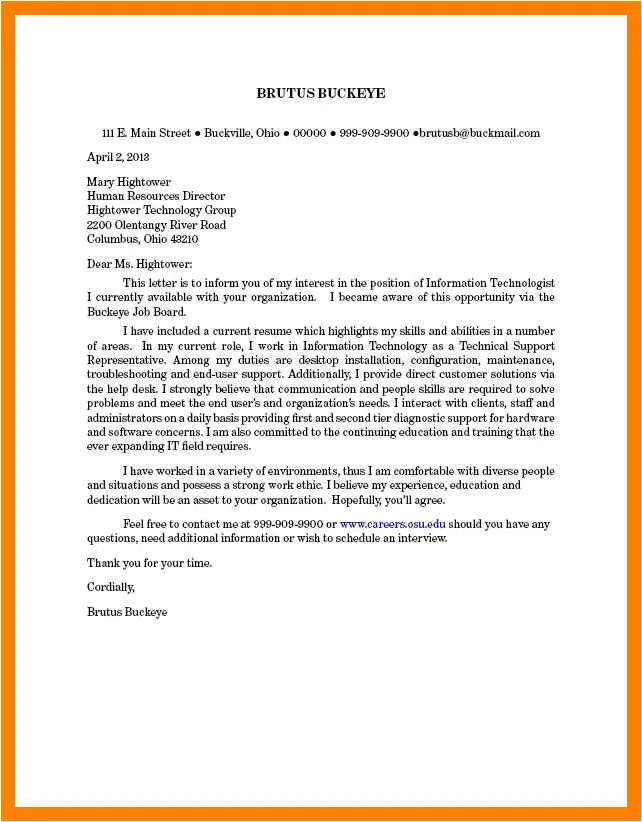
In today’s competitive job market, a cover letter can make or break your chances of landing an interview. Many employers consider cover letters essential, as they provide valuable insights into your personality, communication style, and how well you fit into their company culture. A compelling cover letter can distinguish you from other applicants who may have similar qualifications on paper. It shows that you have taken the time to research the company and understand the specific needs of the role. This personalized approach makes you stand out and increases the likelihood of your application being seriously considered.
Key Elements of a Cover Letter
A strong cover letter incorporates several key elements that work together to create a compelling narrative. Each section plays a vital role in showcasing your qualifications and persuading the reader to consider your application. From your contact information to the closing call to action, the following components must be included.
Contact Information
Begin your cover letter by including your contact information at the top. This typically includes your name, phone number, email address, and LinkedIn profile URL (if applicable). Ensure your email address is professional and your phone number is up-to-date. This information allows the hiring manager to easily reach out to you if they are interested in scheduling an interview. Make sure your information is presented clearly and is easy to find.
Personalized Greeting
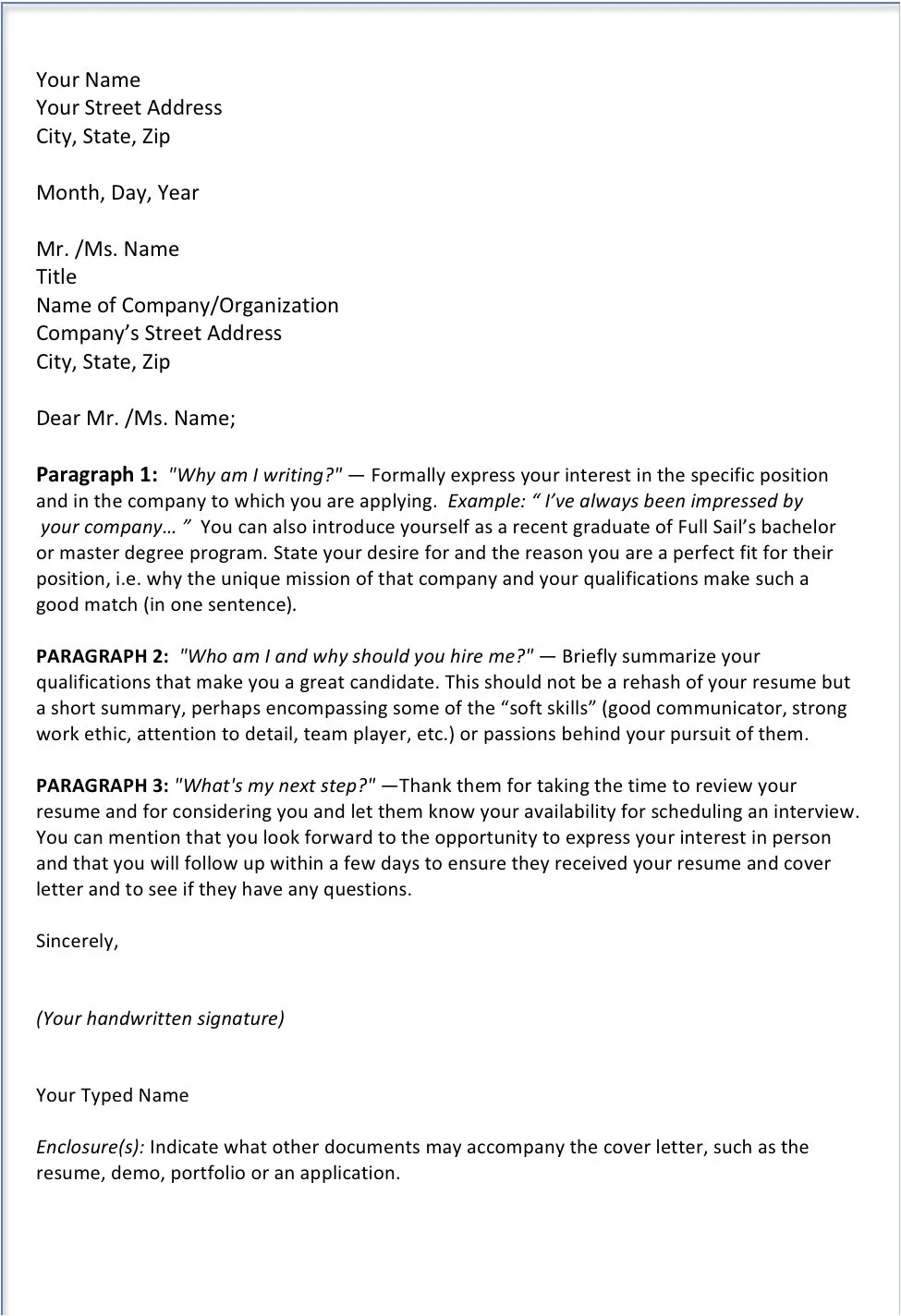
Avoid generic greetings such as ‘To Whom It May Concern.’ Research the hiring manager’s name or the recruiter’s name and address your cover letter directly to them. This shows that you have taken the time to personalize your application and that you are genuinely interested in the specific opportunity. If you cannot find a specific name, using ‘Dear Hiring Manager’ is acceptable, but always prioritize finding a contact person if possible. Personalization adds a layer of authenticity to your letter.
Opening Paragraph Grab Attention
The opening paragraph is your chance to immediately capture the reader’s attention. Start with a strong statement that highlights your key qualifications or expresses your enthusiasm for the role and the company. Briefly mention where you saw the job posting and why you are interested in the position. Avoid generic opening lines; instead, aim for something that is engaging and unique. The goal is to make the hiring manager want to read the rest of your letter.
Highlighting Skills and Experience
In the body of your cover letter, showcase your relevant skills and experience. Use specific examples from your past roles to demonstrate how you have successfully handled similar responsibilities or projects. Align your skills and experiences with the job requirements mentioned in the job description. Focus on the key qualifications the employer is seeking and explain how your abilities make you a strong fit. Provide quantifiable results whenever possible.
Tailoring to the Job Description
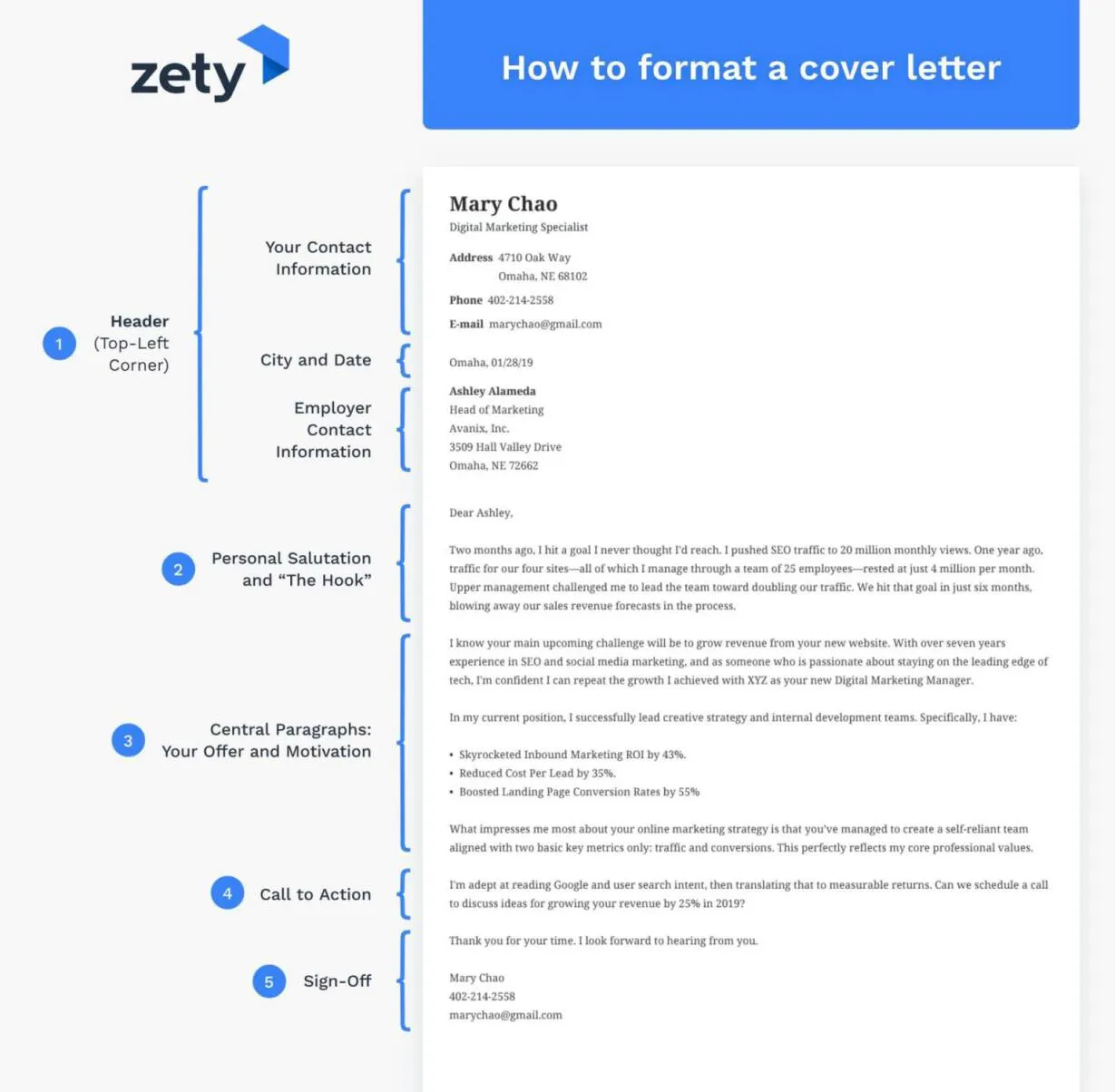
Customize your cover letter for each job application. Carefully review the job description and identify the most important skills and qualifications the employer is seeking. Then, tailor your cover letter to highlight how your experience aligns with these requirements. Use keywords and phrases from the job description to show that you understand the role and the company’s needs. This tailoring is a critical step to show that you are a good match.
Quantifying Achievements
Whenever possible, quantify your achievements with specific numbers and data. Instead of saying ‘I improved customer satisfaction,’ say ‘I increased customer satisfaction scores by 15%.’ This provides concrete evidence of your skills and the impact you have made in previous roles. Use metrics such as percentages, dollar amounts, or any other relevant data to showcase your accomplishments. This makes your cover letter more persuasive.
Expressing Enthusiasm and Interest
Throughout your cover letter, express your genuine enthusiasm and interest in the role and the company. Mention what excites you about the opportunity and why you are drawn to the organization’s mission or values. This helps to convey your personality and shows that you are genuinely motivated to work for them. This enthusiasm will make your application more memorable and make the hiring manager want to meet you.
Call to Action and Closing
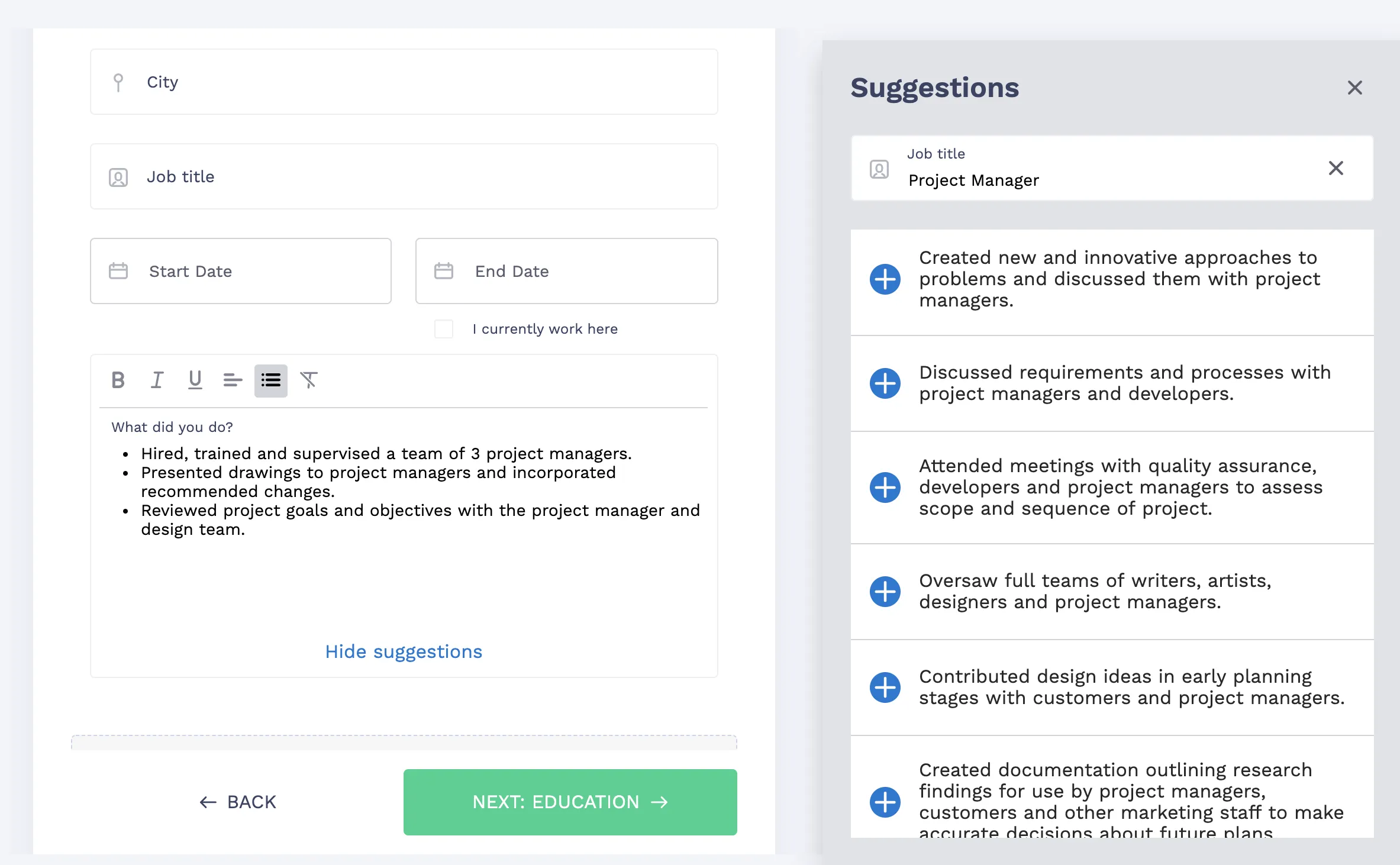
Conclude your cover letter with a strong call to action. Reiterate your interest in the position and express your eagerness to discuss your qualifications further in an interview. Thank the hiring manager for their time and consideration. Ensure you include your name and signature if submitting a hard copy or a digital signature if submitting electronically. Your call to action should be clear and concise, leaving the reader with a positive impression.
Formatting and Design
The visual presentation of your cover letter is just as important as its content. A well-formatted and easy-to-read cover letter makes a positive impression on the hiring manager. Formatting helps your application look clean and professional. Follow the guidelines below to format your cover letter.
Font and Style
Choose a professional and easy-to-read font, such as Times New Roman, Arial, or Calibri. Keep the font size between 10 and 12 points. Use consistent formatting throughout your cover letter, including line spacing, margins, and paragraph spacing. Use bolding or italics sparingly to highlight key information. A clean font makes the letter easier on the eyes and adds to your application’s professionalism.
Length and Structure
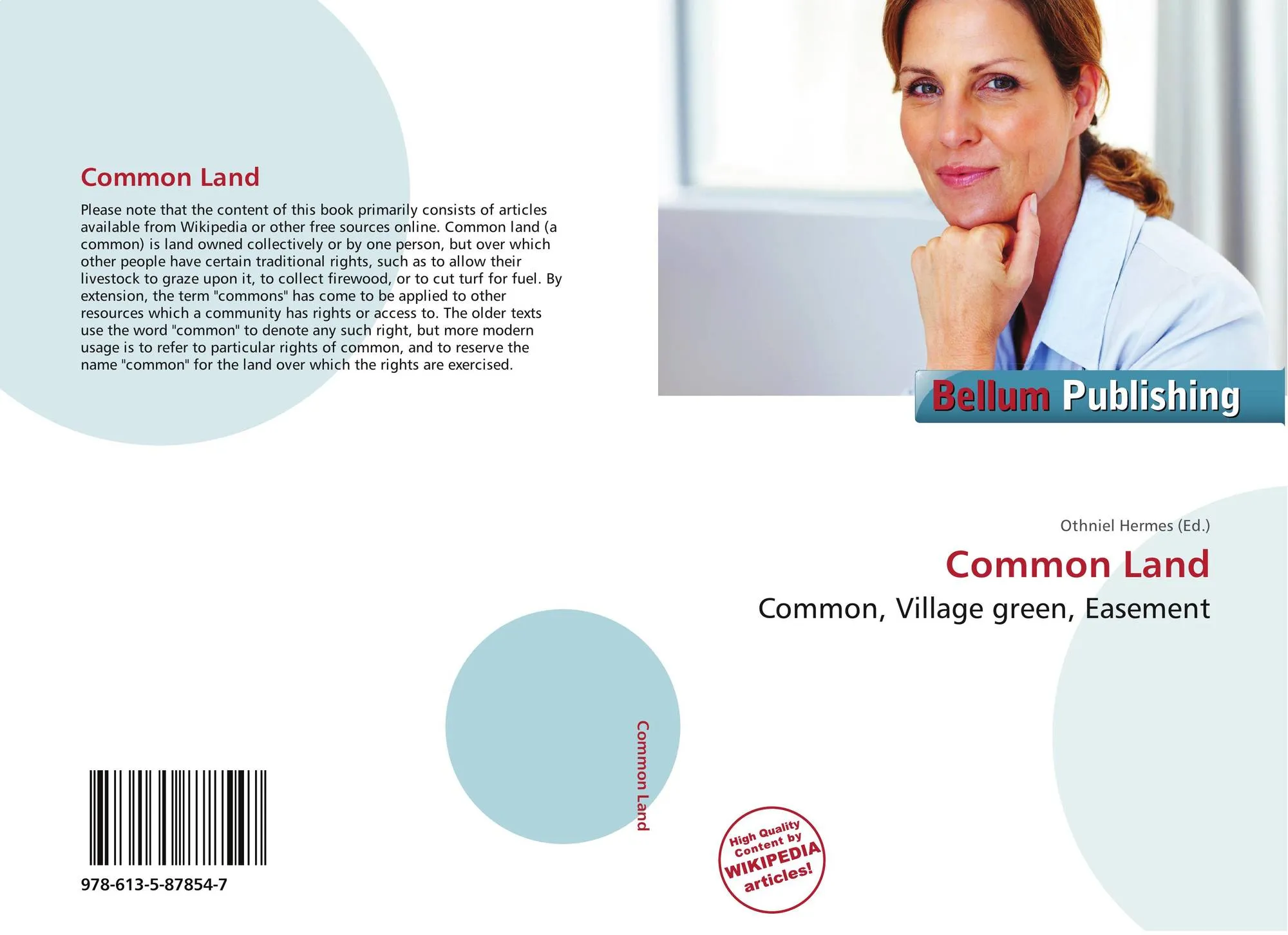
Keep your cover letter concise and to the point, ideally no longer than one page. Use clear and concise language, avoiding long, complex sentences. Structure your cover letter with distinct paragraphs for each key element, such as your opening, skills, experience, and closing. This structure makes it easy for the hiring manager to scan your letter quickly and find the information they need.
Proofreading and Editing
Always proofread your cover letter carefully for any typos, grammatical errors, or inconsistencies. Errors can create a negative impression and detract from your qualifications. Read your letter aloud to catch any awkward phrasing or areas for improvement. Ask a friend, family member, or career advisor to review your cover letter for feedback. This ensures that your letter is polished and error-free before you submit it.
Common Mistakes to Avoid
Avoiding common mistakes is crucial to creating a cover letter that will impress hiring managers. These mistakes can undermine your application and reduce your chances of getting an interview. Being aware of these issues will give your letter the best chance to be successful.
Generic Content
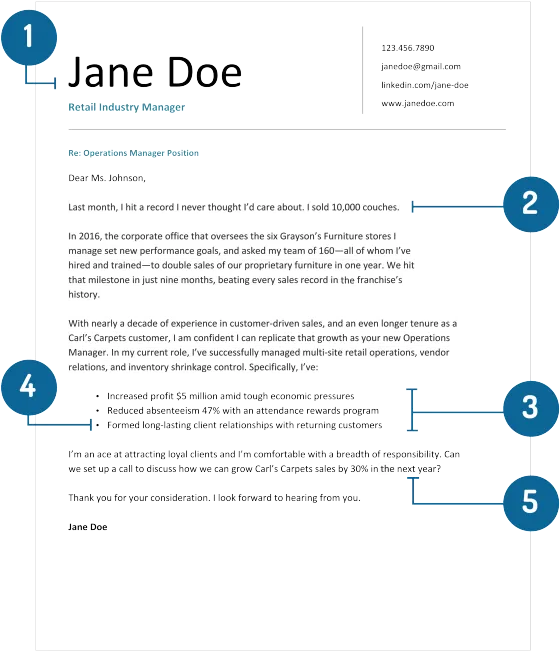
Avoid using a generic cover letter that is not tailored to the specific job or company. Generic content shows a lack of interest and effort. Always customize your letter to highlight your relevant skills and experiences for each position. Show you have researched the company and understand their needs.
Typos and Grammatical Errors
Typos and grammatical errors can make your cover letter look unprofessional. Proofread your letter carefully and use spell-check and grammar-check tools. Always have a second pair of eyes review your letter to catch any mistakes you might have missed. Ensure your content is polished and professional. Pay close attention to your formatting as well.
Failing to Tailor the Letter
Do not submit a cover letter that is not tailored to the specific job requirements. Highlight the skills and experiences that directly align with the job description. Show that you have taken the time to understand what the employer is looking for. Demonstrate that you are a good match for the position and the company.
Overly Formal or Informal Tone
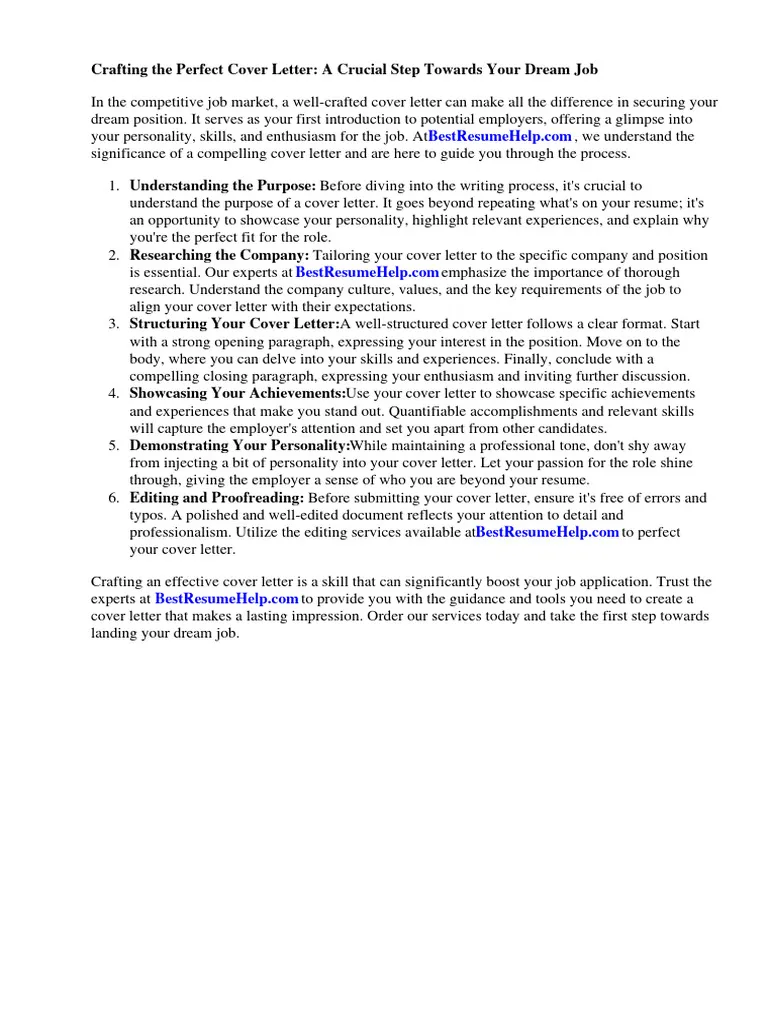
Maintain a professional tone in your cover letter. Avoid being overly formal or using overly casual language. Find a balance between being professional and showcasing your personality. A professional tone will make you look polished and qualified.
Best Practices for Different Situations
Adapting your cover letter to different situations is key to showcasing your skills. Tailoring your cover letter to specific circumstances will help you stand out. Learn the best practices and adapt them to your situation. The next few situations are some of the most common you will encounter.
Applying for a Specific Job
When applying for a specific job, carefully review the job description. Highlight your relevant skills and experiences that match the job requirements. Use keywords and phrases from the job description to show your understanding of the role. Include specific examples and data to quantify your achievements. Tailor your cover letter to reflect the company’s values and culture. Make sure your letter directly addresses the requirements in the job description.
Networking and Informational Interviews
When networking or preparing for informational interviews, use a cover letter to introduce yourself and your background. Clearly state your purpose and what you hope to gain from the interaction. Tailor your letter to the individual or the company you are contacting. Express your interest in learning more about their work and industry. Show a genuine interest in building a connection. Follow up with a thank-you note after the interview.
Changing Careers
If you are changing careers, use your cover letter to explain your career transition. Highlight any transferable skills and experiences that are relevant to the new field. Address any gaps or changes in your work history. Emphasize your enthusiasm and willingness to learn. Focus on how your previous experiences can contribute to your new career goals.
Cover Letter Examples
Reviewing cover letter examples can provide valuable insights and inspiration. Look at examples tailored to different industries and job roles. Pay attention to how the candidates highlight their skills, experiences, and accomplishments. Use these examples as a guide to create your own effective cover letter. Remember to customize the examples to reflect your background and the specific job you are applying for. Tailor your examples to make them your own.
